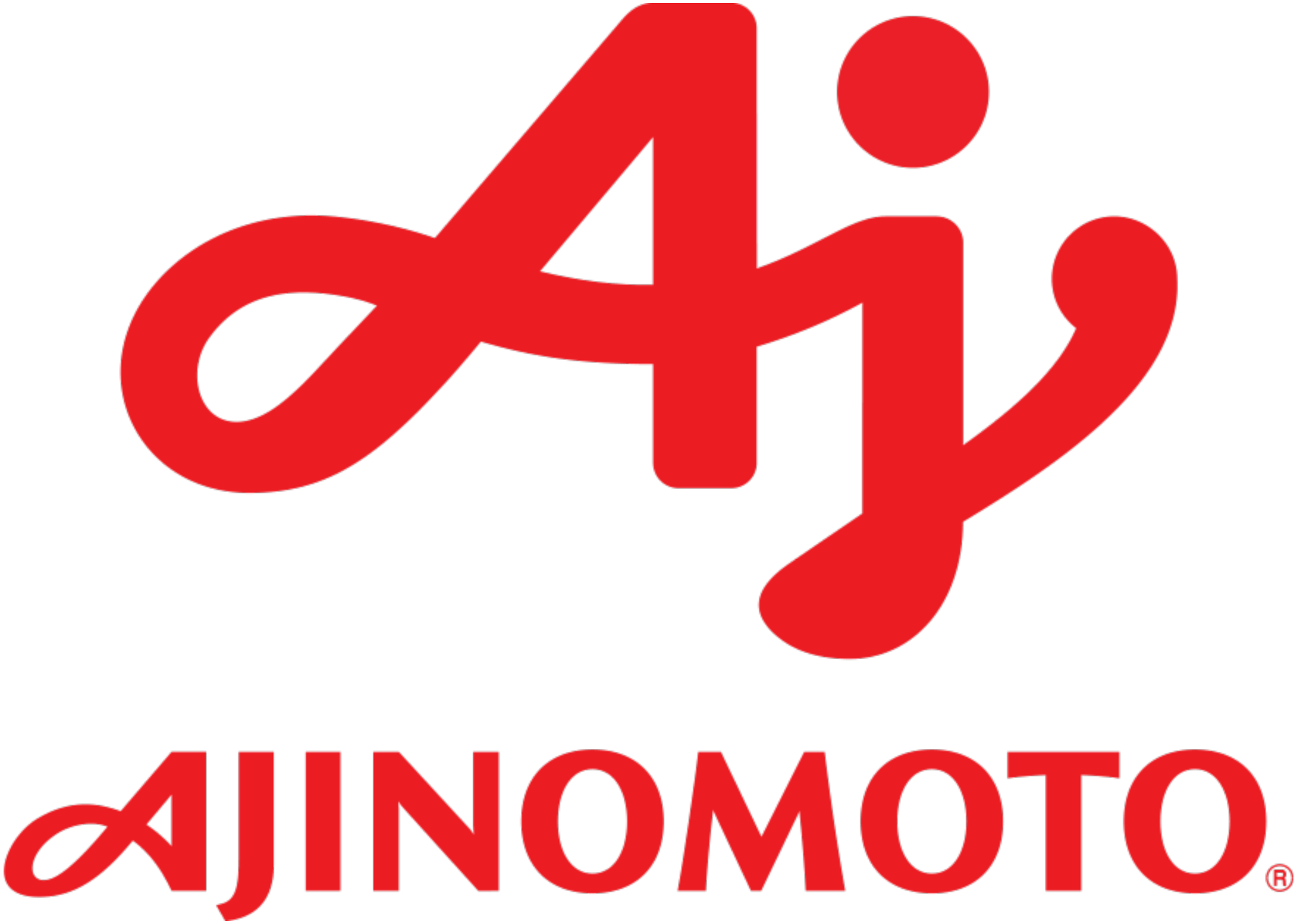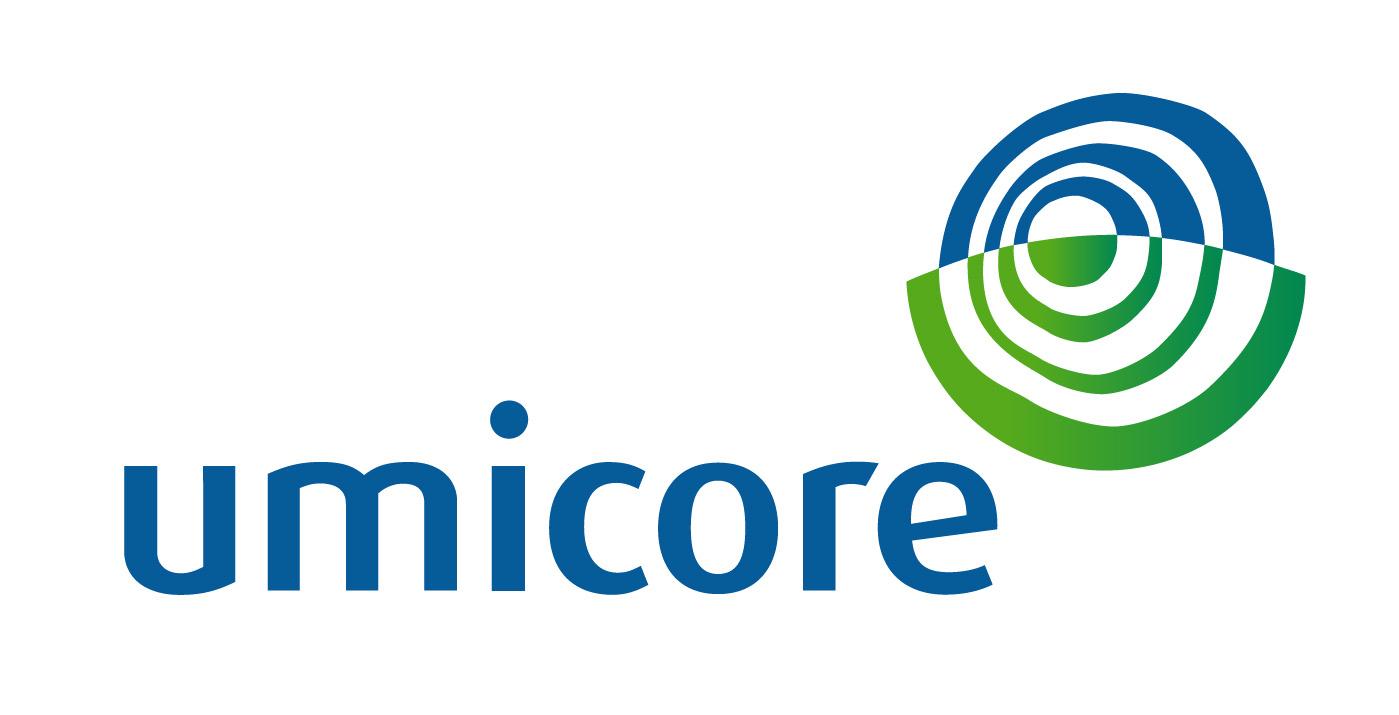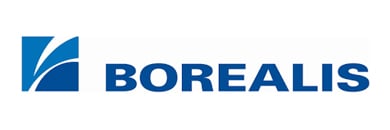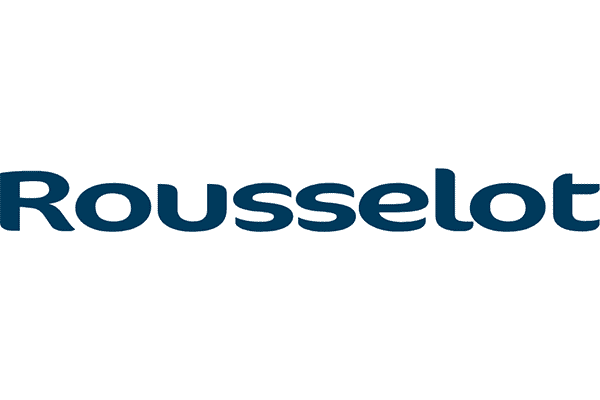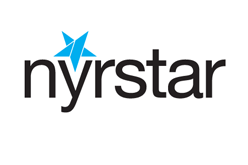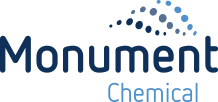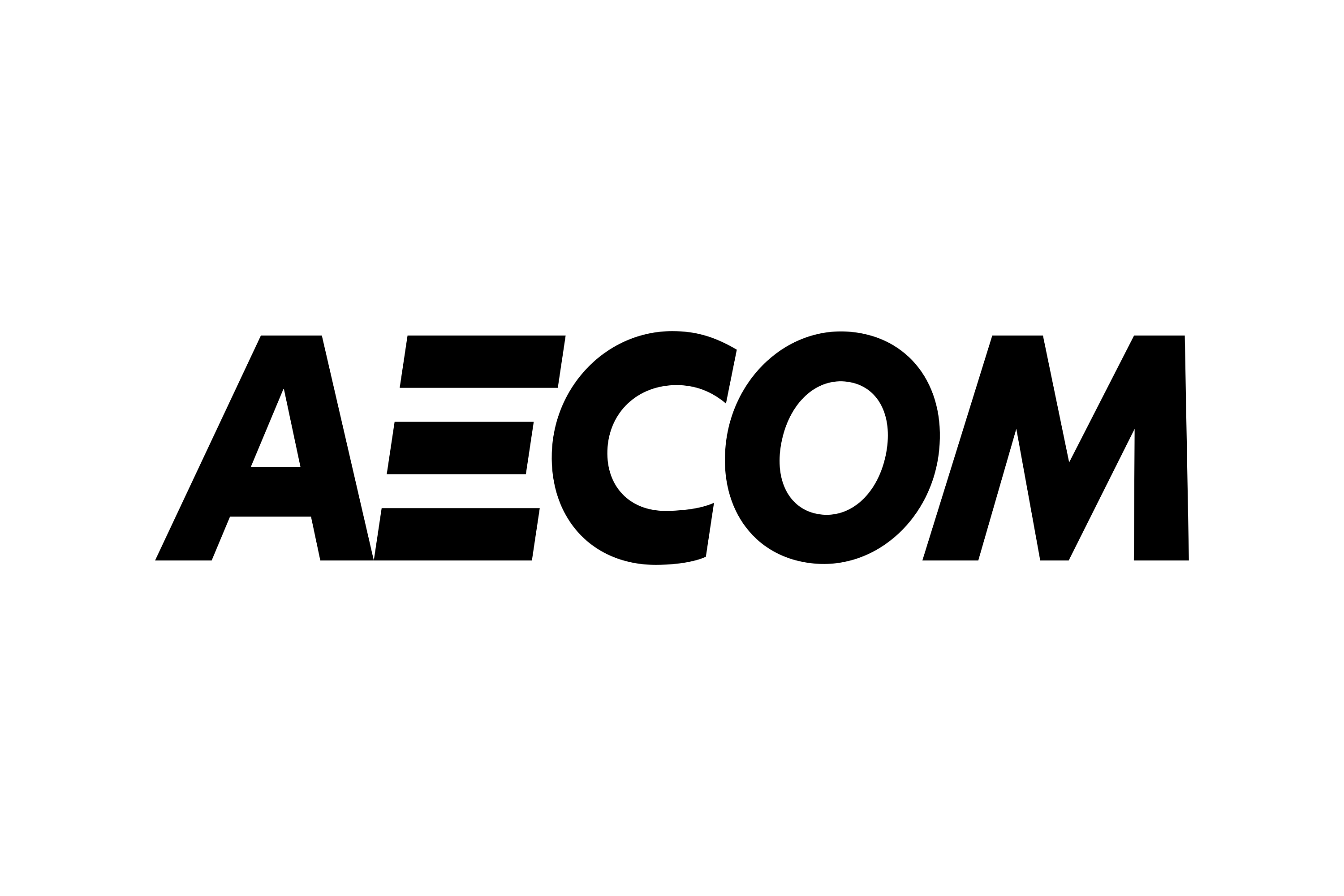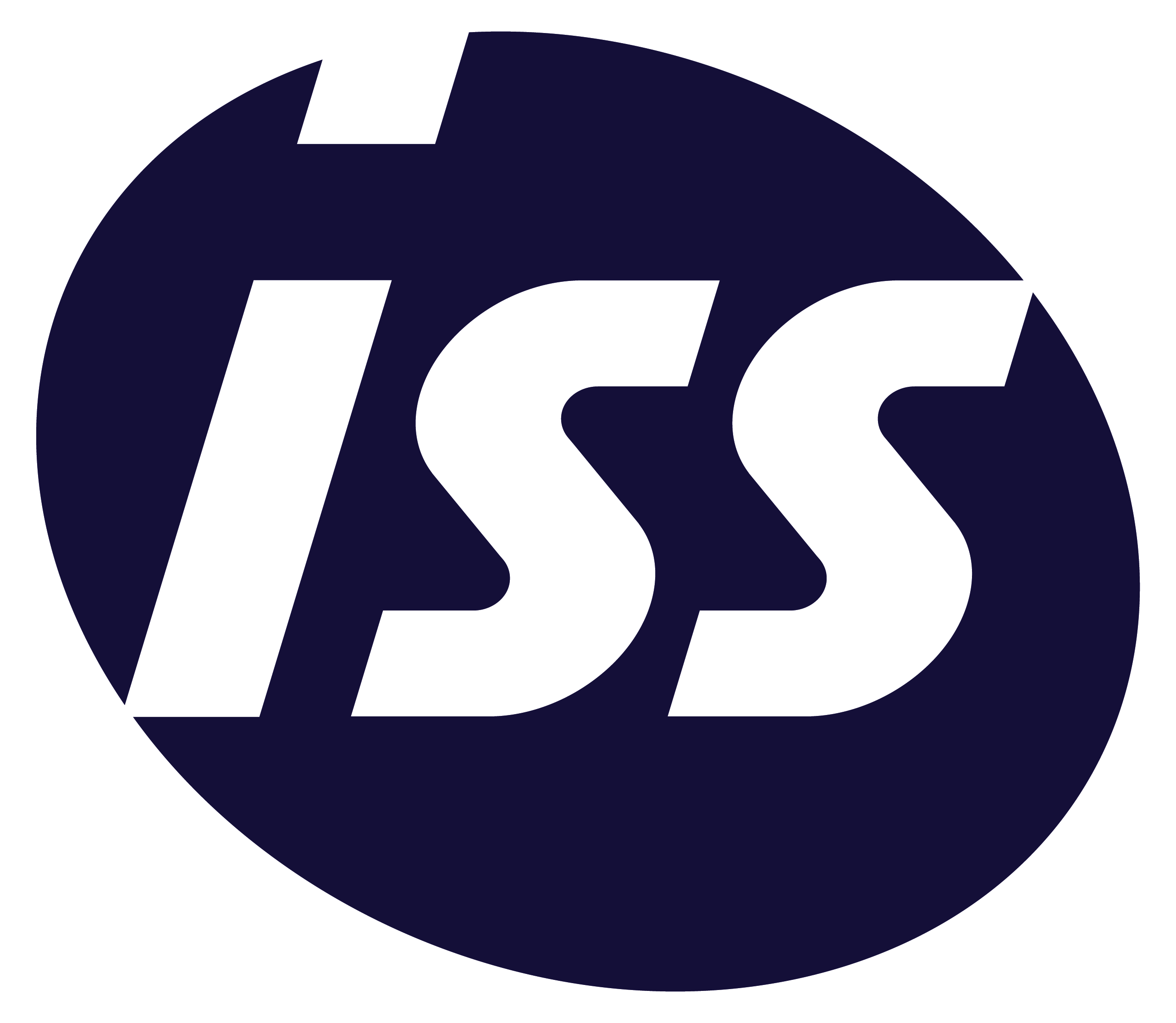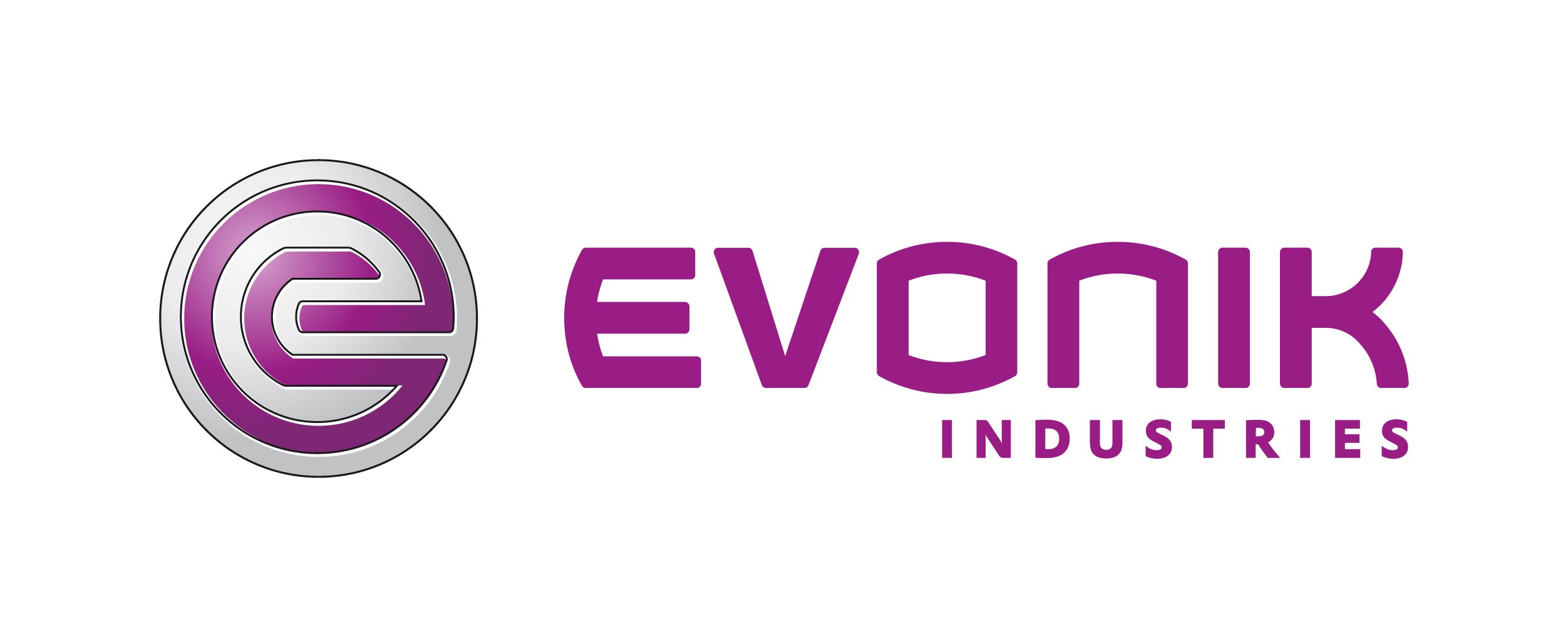Key Performance Indicators (KPIs) have long been a cornerstone of effective safety management programs, particularly in environments where external contractors play a critical role. Well-defined safety KPIs can drastically reduce incidents, improve compliance, and foster a culture of continuous improvement. Onyx One explores the science behind safety KPIs, how to implement them effectively, and how they can enhance safety culture and performance across contractor management processes.
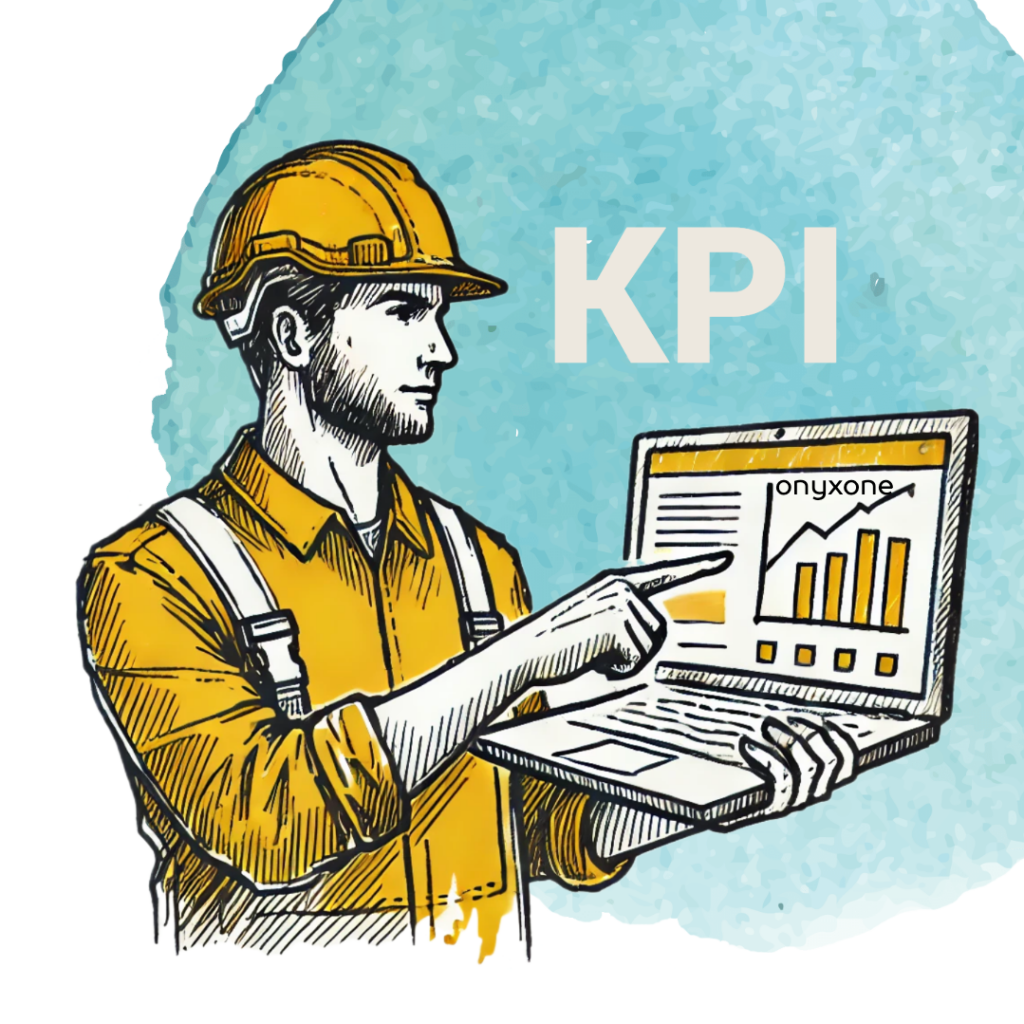
The scientific foundation of safety KPIs
Why safety KPIs matter
KPIs serve as quantifiable metrics that reflect the success of safety initiatives. Their role in contractor management is vital because they provide a consistent framework for measuring safety performance, tracking incidents, and identifying areas for improvement. Research has shown that companies with strong safety KPIs significantly reduce workplace accidents and improve contractor compliance.
Benchmarking and Best Practices
Benchmarking your safety KPIs against industry standards allows your organization to set realistic targets. Metrics such as the Total Recordable Incident Rate (TRIR) or the Lost Time Injury Frequency Rate (LTIFR) can provide a comparative measure of performance. Through data-driven benchmarks, companies can identify potential risks and focus on preventing incidents before they occur.
Implementing effective safety KPIs
What makes a good KPI?
Effective KPIs follow the SMART criteria—Specific, Measurable, Achievable, Relevant, and Time-bound. For safety in contractor management, examples of impactful KPIs include:
- Incident Frequency Rates
Tracking workplace injuries or accidents over a set period. - Training Compliance Rates
Ensuring that contractors meet mandatory safety training requirements. - Near-miss Reporting
Monitoring unplanned events that could have led to an accident but didn’t, as a means to prevent future incidents.
Practical implementation tips
Begin by identifying your critical safety objectives, aligning them with your operational goals, and then translating these into measurable KPIs. For example, ensure that all contractor employees complete safety inductions within the first week on-site, and track this metric to identify gaps in training compliance. Use contractor management software, like Onyx One, to automate data collection and ensure consistent KPI tracking.
Ensuring adherence to regulations through KPIs
KPI-driven compliance
In contractor management, adherence to regulatory requirements is non-negotiable. KPIs can be instrumental in maintaining compliance with safety regulations. Metrics such as the percentage of contractors who complete mandated safety certifications or timely incident reporting rates are crucial for staying compliant with national safety laws and industry regulations.
Practical tools for compliance
Implement automated systems that track contractor training, certifications, and compliance with safety protocols. Regular audits and compliance reports based on these KPIs ensure that your organization remains aligned with the latest safety standards, reducing the risk of penalties and enhancing overall safety performance.
KPIs as drivers of safety culture and behavior
Building a safety culture through KPIs
Safety KPIs don’t just measure performance, they also shape behavior. Setting clear, measurable goals creates accountability among contractors and their employees. When leadership visibly supports safety initiatives and actively monitors KPIs, it fosters a safety-first mindset across the organization.
Leadership’s role in cultivating a safety culture
Leadership must set the tone by prioritizing safety KPIs in day-to-day operations. Regularly communicating the importance of safety performance and acknowledging improvements can motivate contractors and employees alike to adopt safer practices. KPIs should be integrated into performance reviews to ensure everyone is accountable for maintaining high safety standards.
Leveraging technology for better KPI tracking
The role of technology in safety management
With the rise of digital contractor management platforms like Onyx One, companies can now track safety KPIs with unprecedented accuracy. These systems offer real-time data, helping managers identify risks, monitor compliance, and make informed decisions quickly.
Data analytics and predictive insights
Advanced analytics allow companies to go beyond basic KPI tracking. By analyzing trends over time, organizations can predict future safety risks and proactively adjust their safety programs. For example, tracking near-miss incidents across multiple projects can reveal patterns and lead to the implementation of preventive measures that reduce the likelihood of future accidents.
Optimizing safety KPIs step-by-Step
1
Identify key safety objectives
Determine your organization’s critical safety goals. Do you need to reduce workplace injuries? Improve contractor compliance with safety protocols? Identifying these goals helps focus your efforts on the most impactful KPIs./
Develop measurable KPIs
Translate your safety objectives into measurable indicators. For instance, set a goal that 90% of contractors complete safety training within their first week on-site and track this metric consistently.
2
3
Implement monitoring systems
Use contractor management software to track your KPIs in real-time. Automate data collection and reporting processes to ensure accuracy and reduce the administrative burden on your team.
Regular evaluation and adjustment
Regularly review your KPIs to ensure they remain relevant and effective. Adjust targets based on performance trends and emerging safety challenges to ensure continuous improvement.
4
Continuous improvement through KPI monitoring ensures that safety standards not only meet but exceed regulatory requirements, laying the foundation for a proactive, safety-driven culture.
The future of safety performance is increasingly digital and data-driven, and by harnessing the power of KPIs, companies can stay ahead of the curve, ensuring long-term sustainability and success.
WHY
WE BELIEVE IN TEAMWORK
I believe that the world is a better place when: Everyone gets to do what they love.
- Everyone does what they do best.
- We can focus on what we do best.
- We have the opportunity to specialize, which means we need others to do what we’d prefer not to, i.e., partnerships and teamwork are a must.
In short, I believe that the world is better off when we work together. Teamwork for the efficient and sustainable use of resources. Teamwork with our colleagues, suppliers, customers, and distribution channels. Teamwork with specialists, consultants, and contractors…and with the government in a regulatory framework. - Teamwork as individuals within a team.
- Teamwork as a team within an organization.
- Teamwork as a business in society.
- I believe that partnerships and teamwork are possible through personal development. Teamwork happens when we:
- are prepared for our mission
- know what’s expected of us
- have the autonomy to make (the right) decisions
- are confident that what we delegate will be done well
- trust that others are also prepared, have invested in personal development, and know what’s expected of them
WHAT
WE BELIEVE IN QUALITY AND HONESTY
We believe that work and teamwork only happen with these values as our lodestar:
We believe that work and teamwork only happen with these values as our lodestar:
- Equality
- Low-ego
- Independence
- Respect
- Appreciation
We believe that products and services will excel because of our:
- Focus
- Care
- Professionalism
We support and stand for:
- Individuality
- Originality
- Flexibility
- Fun
We believe in making a positive contribution to society and the whole world.
We believe that our focus on data security in accordance with ISO 27001 and the GDPR delivers added value to our customers through, e.g.:
- Privacy by design (for developments or designs)
- Privacy by default (using default settings)
- Partnering with the supervisory authority where needed
- Doing our jobs as processors and controllers well
HOW
WE BELIEVE IN TECHNOLOGY AND EFFICIENCY
We help companies:
- Train their employees
- Make training processes more efficient
- Gain insight into their employees’ development
And that’s why we develop e-learning courses and provide the Onyx learning environment.
We help clients:
- Train and qualify their contractors
- Gain insight into their contractors’ competencies
- Be prepared when contractors arrive for work Manage their teams
We help contractors:
- Efficiently get ready for work
- Simplify their administration
We help manufacturers:
- Train their distribution channel
- Inform their customers
That’s why we’ve developed Onyx One and are creating an online community of the most efficient companies.
